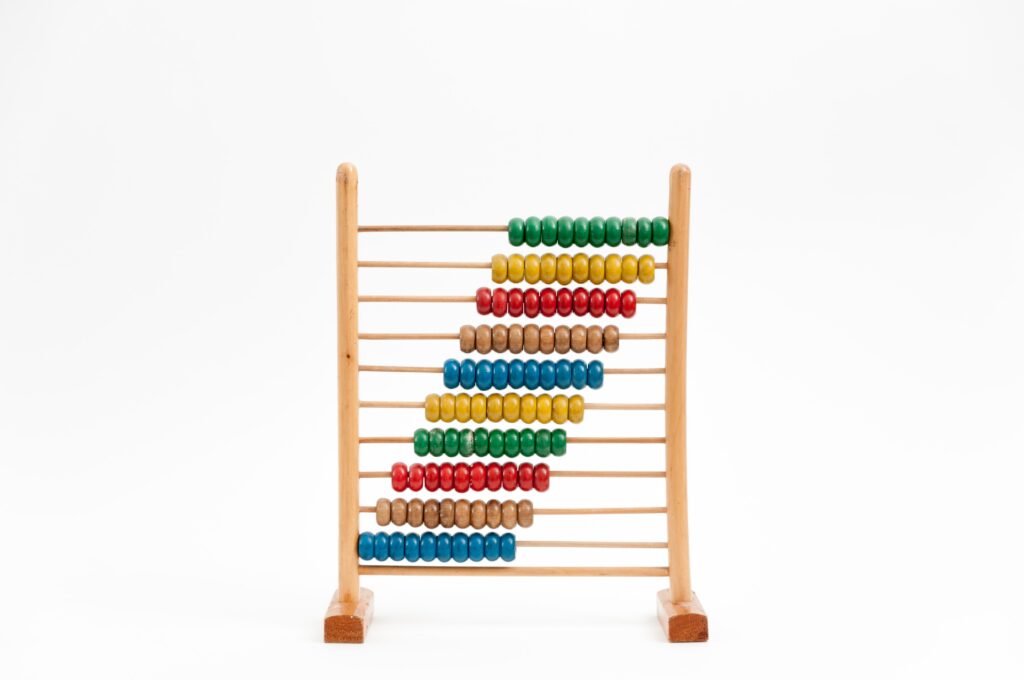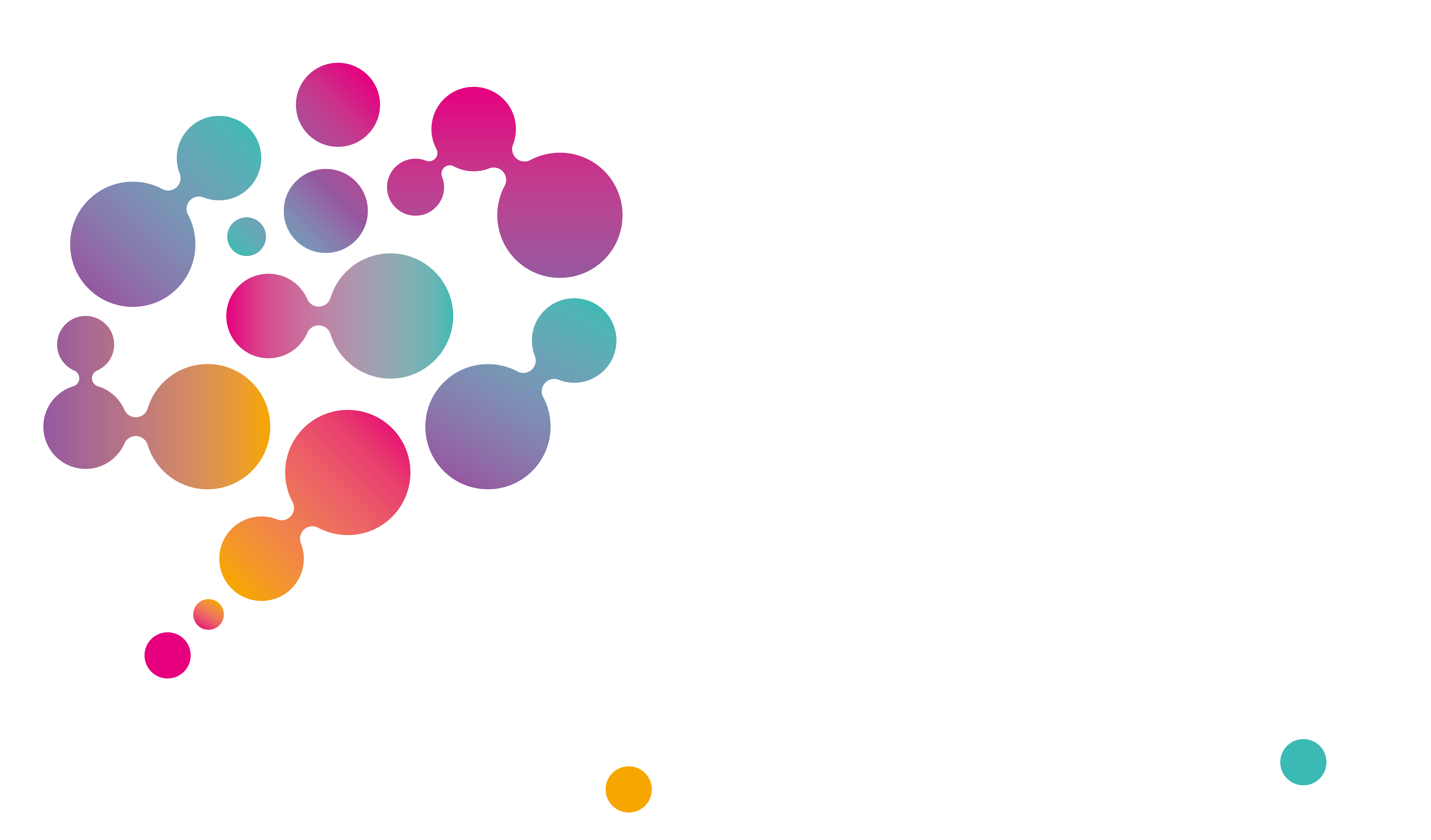Dyscalculia is a learning disability characterised by having problems learning, understanding and performing math and operations based on numbers, such as reading the time.
Due to these difficulties, people with dyscalculia benefit immensely from having a toolkit to support their process of learning mathematics.
Assistive tools and technology that are recommended:
- Calculators can help to do math exercises, and there is a great diversity of them from the ones with big numbers and symbols to graphing calculators and computer apps. An easy way to use them is the default calculator on computers and mobile phones.
- Graph paper has a design in a grid that helps to lay out the numbers in an organised way. There is also digital graph paper.
- Time management tools like phone alarms, since one of the difficulties they have is around keeping track of time.
- Coloured pens, using different colours for different operations, to help to differentiate them and recognize the symbols. When using this method is important to always follow the same code of colours. This method can be used online since, in the different text processors, you can change the colour of the characters.
- Use reference sheets for math facts, rules, vocabulary, and sequences. You can create them yourself or use reference sheets created by educational websites.
- Read the math problems out loud and talk through the reasoning and math process while you are doing them. Listening to what you are doing will help you to focus and have a better understanding of the process.
- Math notation tools to write symbols and numbers that are used in math since some symbols are difficult to write directly with the keyboard. An example of this tool is word equations integrated into Word.
- Graphing tools to help with graphing the path created by an equation, which can help to solve graphing problems. An example is Desmos.
- Drawing tools help draw lines, shapes, angles, and other geometric features. The most known one is Paint.
- Equation-solving tools are digital tools that help students work with equations since they offer step-by-step instructions on how to solve them. An example is Math Solver.
- Math manipulatives are objects that help you solve different math problems. A good example is an abacus.

- Graphic organizers help break down the steps for solving math problems. They are usually a page divided into four areas with the problem on top. The first area is to write what the problem is trying to solve, the second area is to write the strategies that can be used to solve it, the third area is to show the steps, and the fourth is to answer the problem and the reasoning behind it.
- Text-to-speech (TTS) reads aloud numbers and calculations, and it is a functionality usually included in computers and mobile phones. More specifically, you can use a talking calculator, which is a calculator that reads out loud what the user presses and the answer.
- Dictation software lets you write out math problems by speaking and is usually included as part of the functionality of computers and mobile phones.
- Math apps can help students through gamification to practise mathematics. An example is Kahoot! Numbers.
This article was written as part of our Erasmus Plus project Calculate.
To be sure you don’t miss any news about the project, subscribe to our newsletter and follow us on LinkedIn!
Bibliography
Assistive technology for math. (2019, August 5). Understood. https://www.understood.org/en/articles/assistive-technology-for-math
Helpful tips for all. (s. f.). Dyscalculia.Me. Retrieved December 20, 2023, from https://www.dyscalculia.me/dyscalculia-tools
Quick Guide to Dyscalculia. (s. f.). Child Mind Institute. Retrieved December 20, 2023, from https://childmind.org/guide/quick-guide-to-dyscalculia/
SPELDNSW. (2020). Maths Apps and Online Programs. Retrieved December 20, 2023, from https://www.speldnsw.org.au/wp-content/uploads/2020/04/Maths-Apps-and-Online-Programs.pdf

